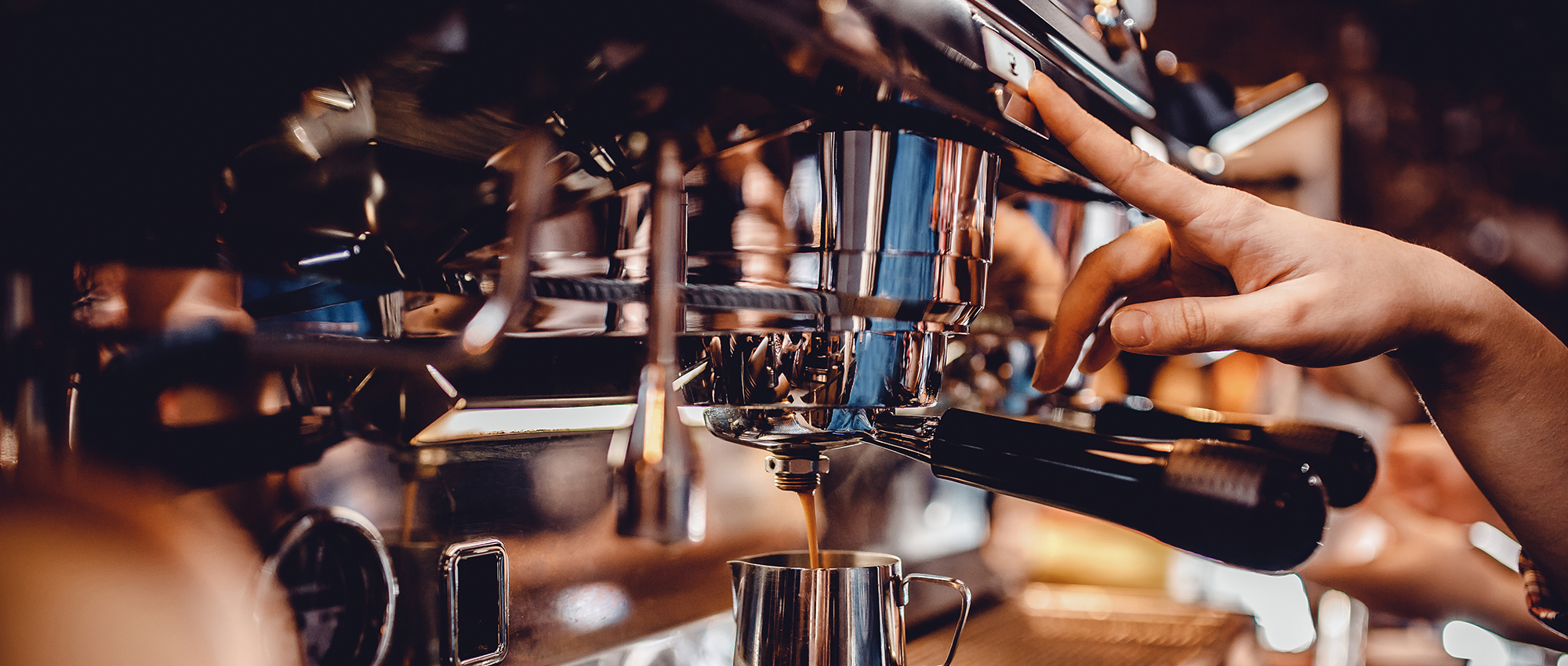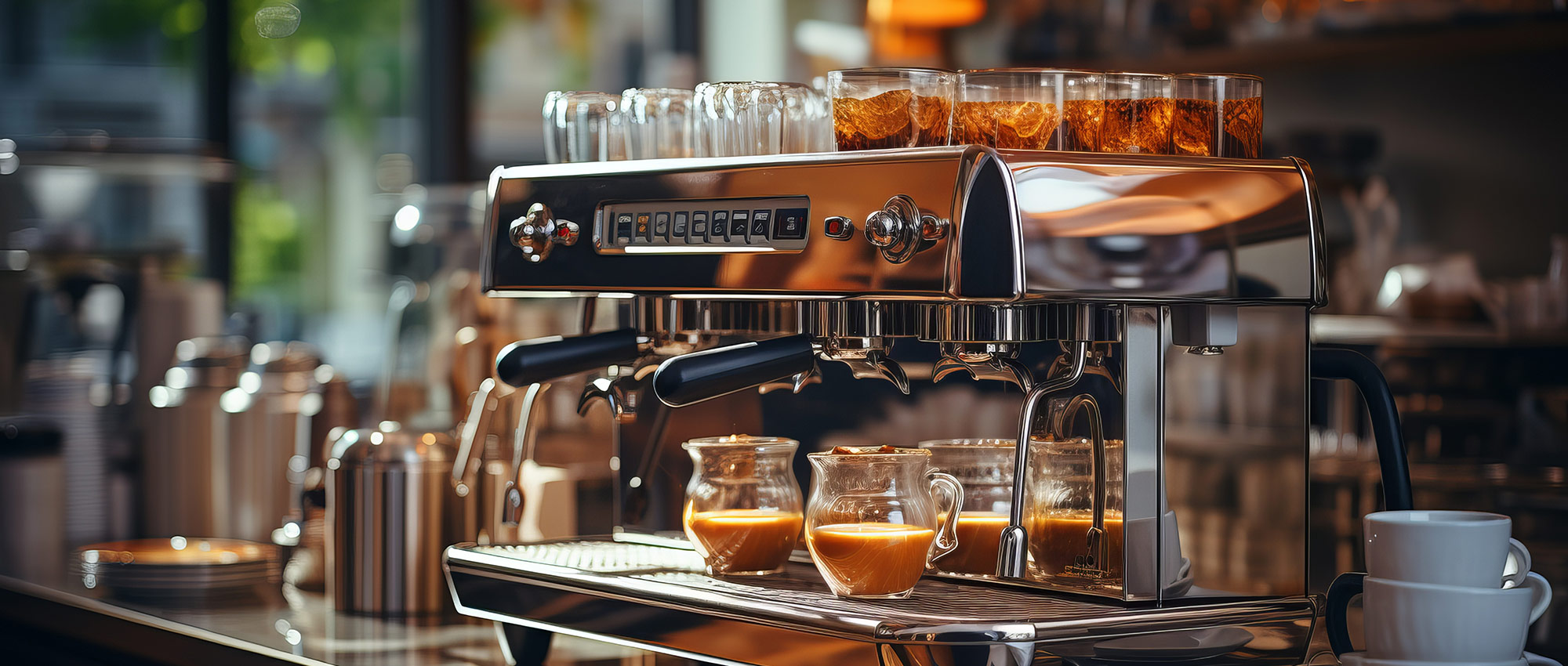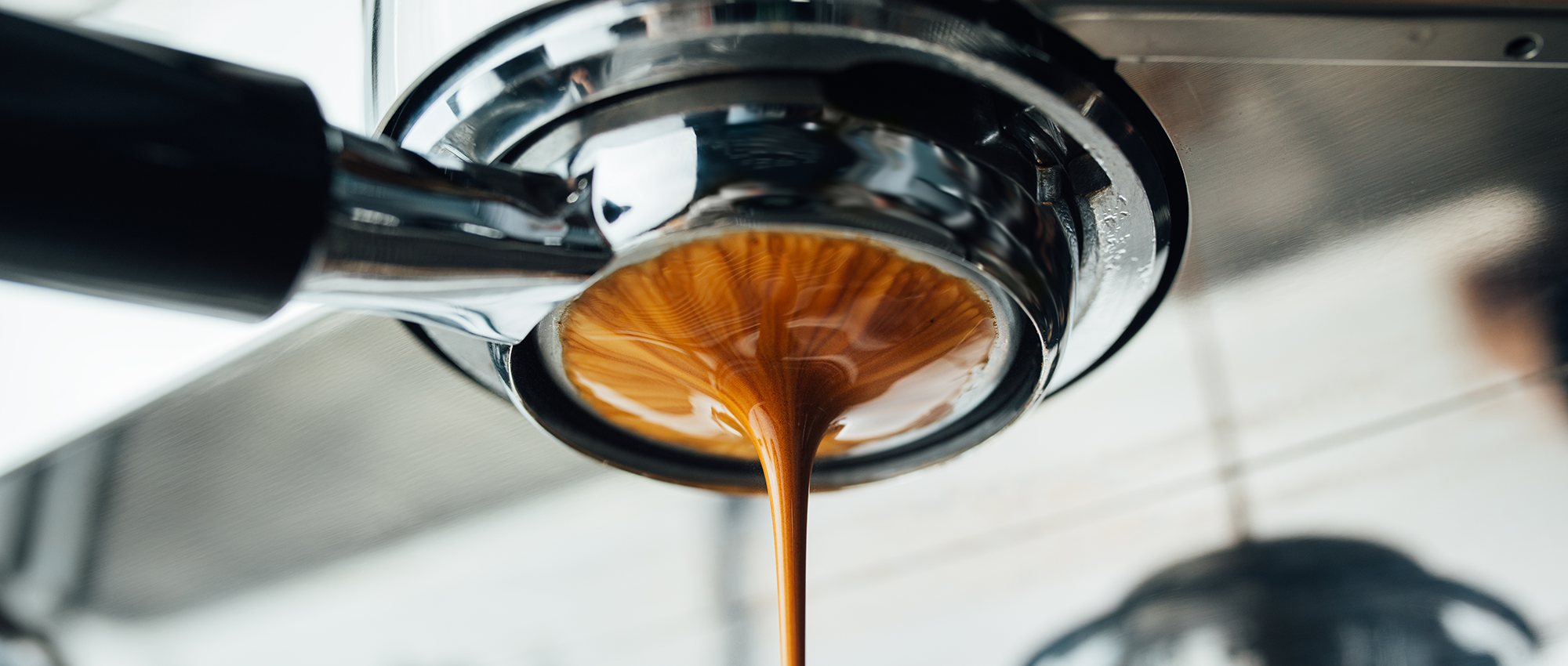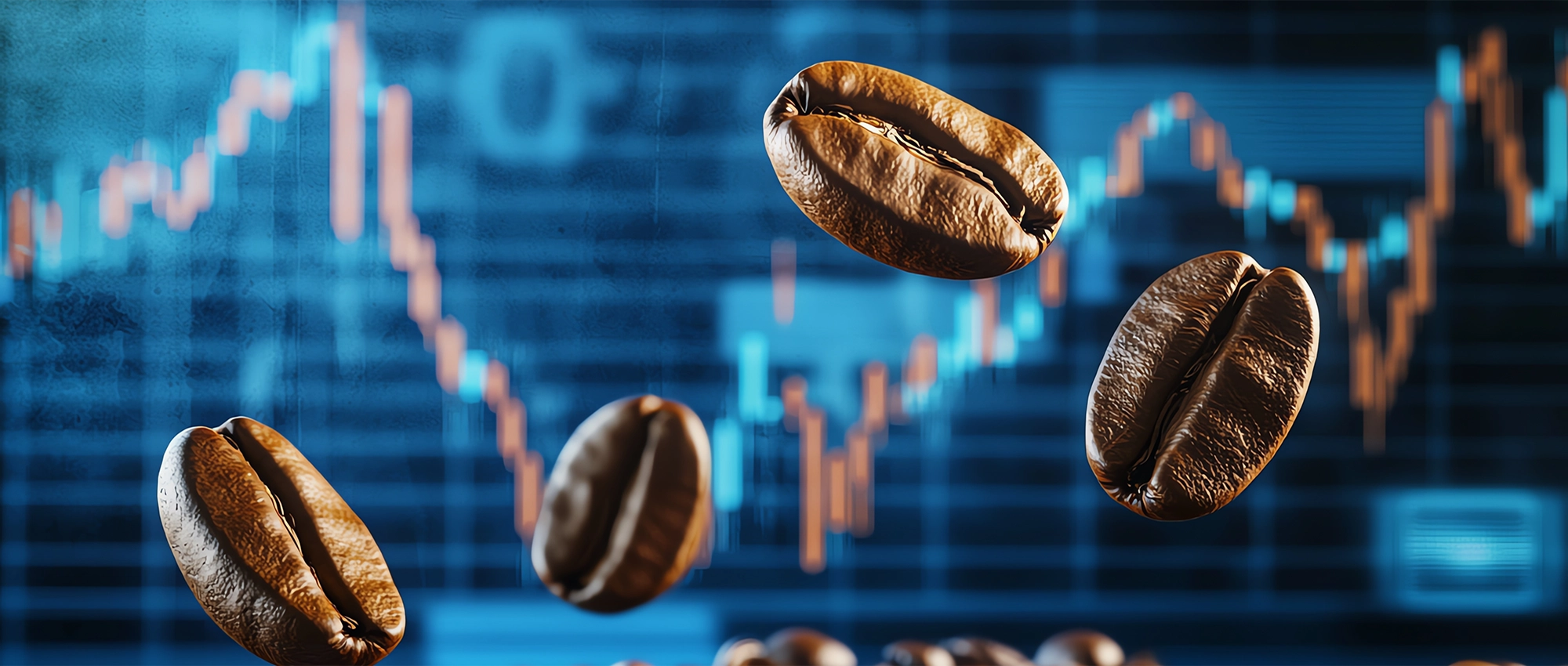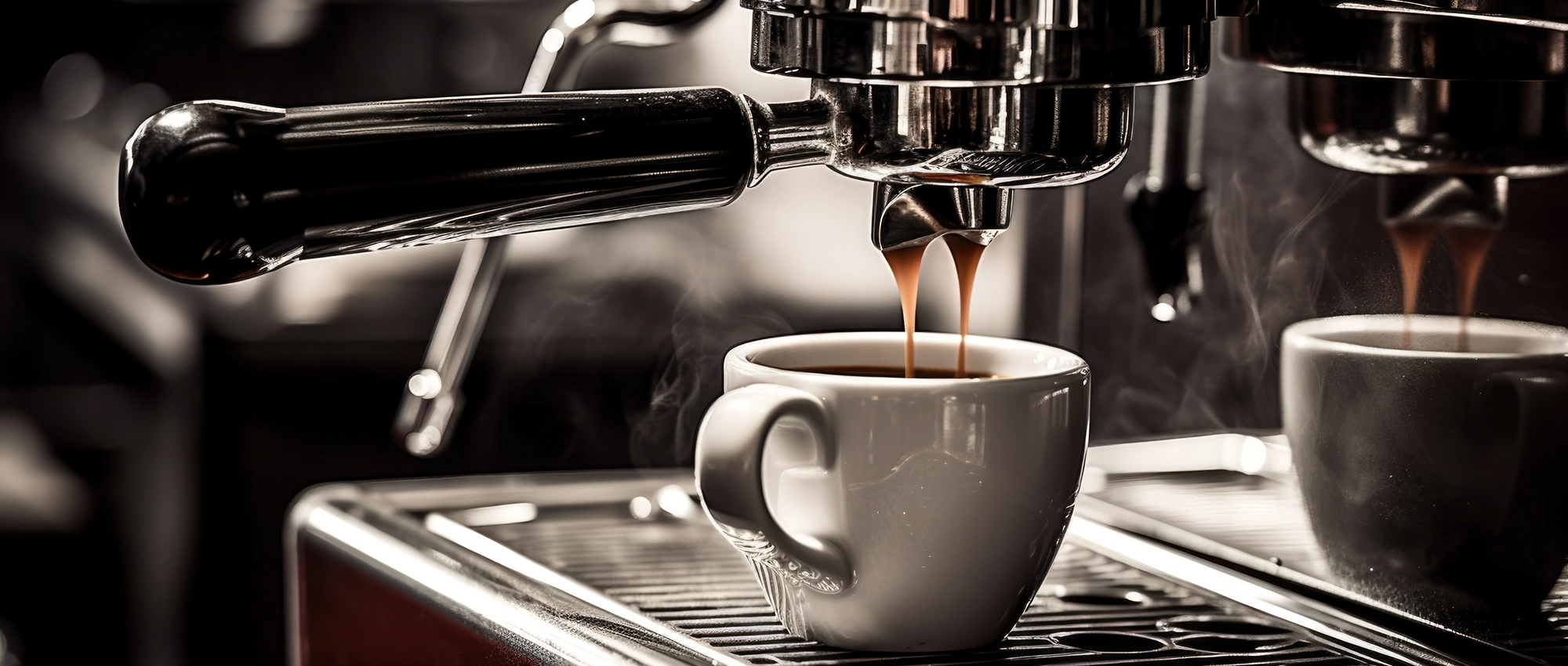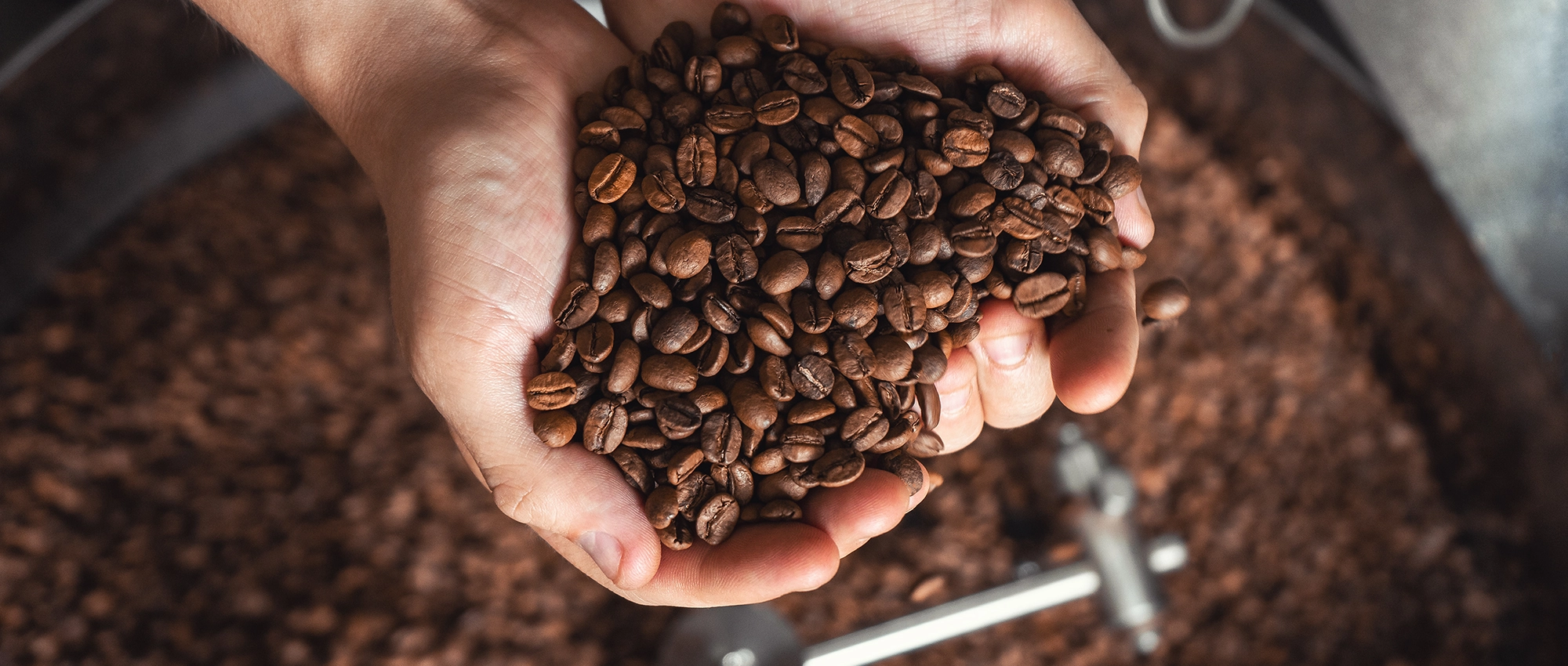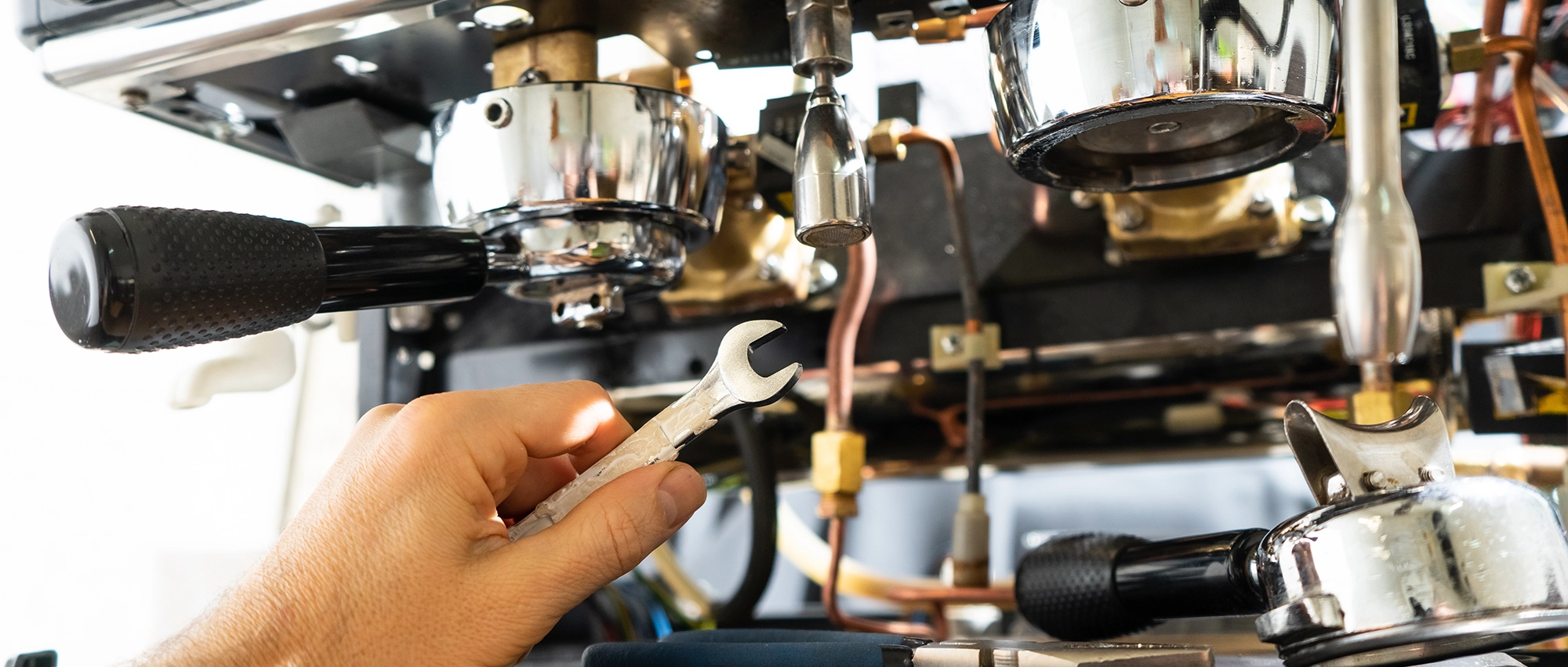Opening A Coffee Shop In Economically Uncertain Times: What You Need to Know.
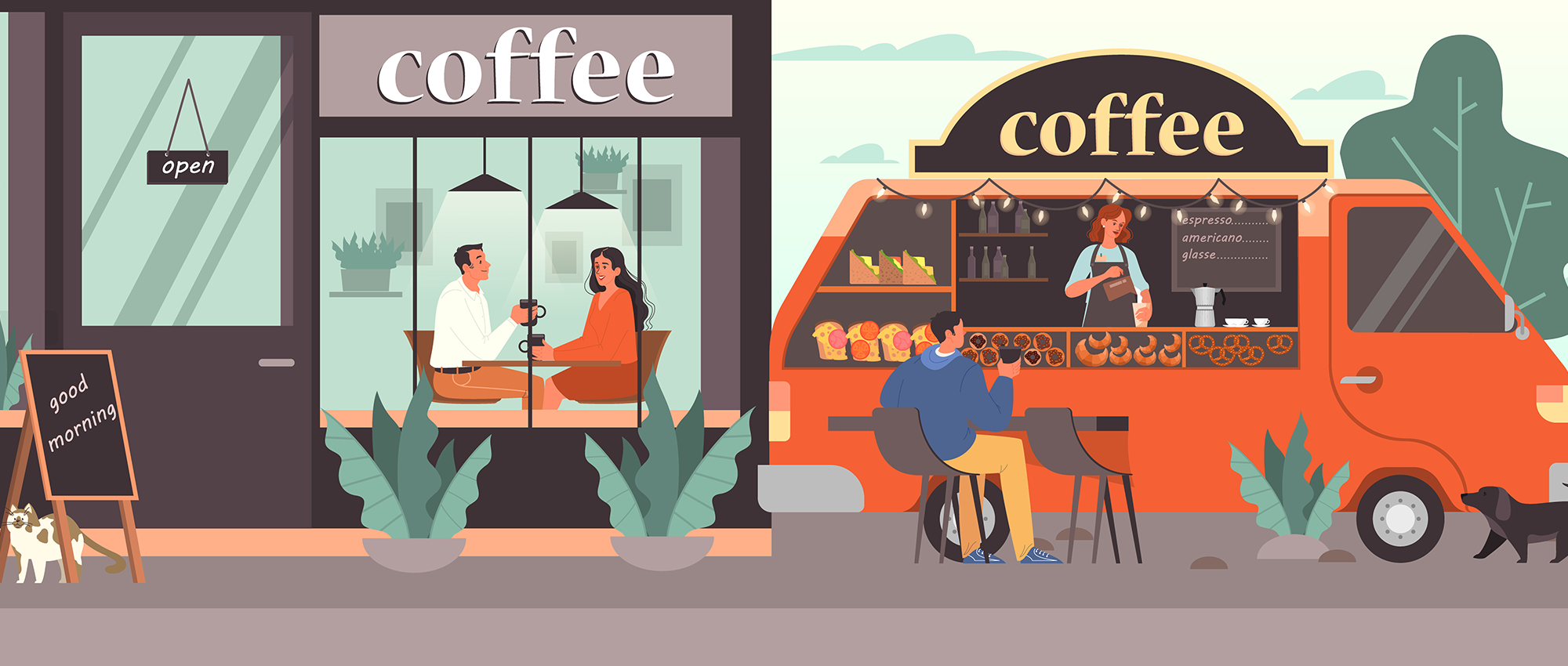
Is now a good time to open a coffee shop?
The dream of opening your own coffee shop remains as appealing as ever. The aroma of freshly brewed coffee, the buzz of conversation, and the satisfaction of creating a community gathering space continue to attract aspiring entrepreneurs. However, the economic landscape of 2025 and moving into 2026 presents unique challenges that demand careful consideration and strategic planning. While the barriers to entry have grown steeper, opportunities still exist for those willing to navigate the complexities of today’s market.The Economic Reality: Higher Costs Across the Board
Opening a coffee shop in 2026 comes with significantly elevated startup costs compared to just a few years ago. Inflation and high interest rates have dramatically impacted every aspect of launching a new cafe. Commercial espresso machines, grinders, and brewing equipment that might have cost $10,000-$30,000 a few years ago now require budgets of $15,000-$40,000 or more. Labor costs have surged as minimum wages increase and competition for skilled baristas intensifies. Buildout expenses for renovations, furniture, and design have climbed sharply, and ongoing operational costs including rent, utilities, and insurance continue their upward trajectory. The financial implications extend beyond just higher price tags. Owners must now budget substantially more upfront capital and prepare for extended timelines to profitability. Where a well run coffee shop might have reached break even within 12 months in previous years, today’s entrepreneurs should realistically plan for 18 to 30 months before seeing positive cash flow. This extended runway requires deeper pockets and more patient investors, making adequate capitalization more critical than ever. Daily operational expenses present ongoing challenges as well. Coffee bean prices remain elevated due to drought impacts on growing regions, the world wide demand for coffee and supply chain disruptions. Even seemingly small increases in ingredient costs can significantly impact thin profit margins when multiplied across hundreds of daily transactions. Wage pressures continue as employees demand compensation that keeps pace with inflation, and rising rent in popular retail locations forces difficult decisions about location versus affordability.The Upside: Coffee Culture Remains Resilient
Despite these economic headwinds, the coffee industry demonstrates remarkable resilience. Coffee remains an affordable luxury that consumers are reluctant to give up, even during economic downturns. The cafe experience has evolved beyond simply purchasing a beverage, it’s become an integral part of daily routines, social connections, and work culture. This sustained demand provides a foundation for success, even in challenging times. The independent coffee shop segment continues to experience record customer interest and market expansion. Younger consumers, particularly Gen Z and Millennials, are driving growth with their preference for specialty coffee, unique cafe environments, and authentic brand experiences. These demographics value the third place concept, a space between home and work where they can connect, create, and caffeinate. They’re willing to pay premium prices for quality products and memorable experiences, creating opportunities for well positioned cafes to thrive. The cafe environment itself has become increasingly valuable as remote work becomes more prevalent. Coffee shops serve as satellite offices, meeting spaces, and creative hubs. This expanded role in people’s lives creates multiple revenue opportunities beyond traditional coffee sales, from extended food menus to retail products and even space rentals for events or meetings.Navigating the Challenges: Essential Strategies for Success
Conservative Financial Planning Success in today’s market begins with brutally honest financial planning. Entrepreneurs must secure sufficient capital to cover not just startup costs but also extended operating losses during the ramp up period. This means having access to at least 12 months of operating expenses, preferably 24 months beyond initial buildout costs. Many experts recommend having at least $150,000-$250,000 in total capital for a modest cafe, with higher amounts needed in expensive markets or for larger operations. Creating detailed financial projections with conservative revenue assumptions and generous expense buffers is essential. Factor in price increases for supplies, potential rent escalations, and higher than expected labor costs. Build contingency funds for equipment repairs, unexpected buildout issues, and slower than anticipated customer acquisition. Pricing Power and Operational Efficiency In an inflationary environment, owners must be prepared to raise menu prices strategically while maintaining perceived value. This requires understanding your market’s price sensitivity and communicating value effectively. Premium ingredients, exceptional service, and unique offerings help justify higher prices and build customer loyalty that transcends cost concerns. Operational efficiency becomes equally critical. Implementing tight inventory controls, reducing waste, optimizing labor schedules, and streamlining workflows can preserve profit margins without compromising quality. Technology solutions like point of sale systems with robust analytics help identify inefficiencies and guide data driven decisions. Quality and energy efficient equipment, while requiring higher upfront investment, can significantly reduce long term operating costs. Market Differentiation The coffee shop market is increasingly saturated, making differentiation essential for survival. Generic cafes struggle to compete against established chains and beloved local favorites. Success requires a clear value proposition that resonates with your target audience. This might be specialized brewing methods, unique flavor profiles, a distinct aesthetic, exceptional customer service, or a compelling brand story. Understanding your local market through thorough research is non negotiable. Who are your potential customers? What do they value? What’s missing in the current market? What problems can you solve that competitors aren’t addressing? This research should inform every decision from location selection to menu development to marketing strategies. Equipment Investment Decisions In economically uncertain times, equipment decisions carry extra weight. While it’s tempting to cut corners with cheaper equipment to reduce startup costs, this often proves more expensive long term through frequent breakdowns, poor product quality, and lost customers. Investing in reliable, commercial grade equipment from established manufacturers like La Marzocco, Rancilio or Simonille provides consistency, durability, and performance that budget alternatives can’t match. Working with experienced equipment dealers who offer comprehensive service packages, staff training, and ongoing support adds tremendous value. The right partner helps you select equipment that fits your volume needs, budget constraints, and operational requirements while providing the technical support necessary to keep your business running smoothly. Same day service response and preventive maintenance programs minimize costly downtime that can devastate a new business trying to build its customer base. Staff Development and Retention Your team is your most valuable asset and potentially your greatest expense. Investing in comprehensive training programs ensures consistent product quality and exceptional customer service. Well trained baristas who understand proper extraction techniques, can create impressive latte art, and provide knowledgeable recommendations enhance the customer experience and justify premium pricing. Employee retention becomes crucial when labor markets are tight and training costs are high. Creating a positive work culture, offering competitive compensation and benefits, providing growth opportunities, and treating staff with respect reduces turnover and builds institutional knowledge that benefits your business long-term.The Verdict: Proceed with Eyes Wide Open
Is now a good time to open a coffee shop? The answer depends entirely on your preparation, resources, and expectations. The economic environment has certainly made it more expensive, risky, and challenging to launch a successful cafe. Break-even periods are longer, profit margins are thinner, and competition is fiercer than ever. Success is far from guaranteed, and undercapitalized or poorly planned ventures will likely fail. However, for well-capitalized entrepreneurs who approach the opportunity with thorough market research, conservative financial planning, clear differentiation strategies, and efficient operational systems, success is achievable. The coffee market continues to grow, cafe culture thrives, and consumer demand remains strong. The key is entering the market with realistic expectations, sufficient resources, and a compelling value proposition that resonates with your target audience. The most successful new coffee shops in 2026 will be those that treat their launch as a carefully calculated business venture rather than a romanticized lifestyle choice. They’ll leverage professional guidance from equipment specialists, accountants, and industry consultants. They’ll build financial cushions to weather slow periods and unexpected challenges. They’ll differentiate themselves meaningfully and operate with disciplined efficiency. The coffee shop dream is still attainable, but it requires more capital, better planning, and sharper execution than ever before. For those willing to meet these demands, the rewards of building a thriving community gathering space and successful business remain within reach, even in economically uncertain times.Gary Downey
Gary Downey
Tags :
Coffee U Sunday: Weekly Coffee Business Education
Get expert coffee insights delivered to your inbox every Sunday. Equipment guides, brewing tips, business strategies, and industry trends to help your business succeed.
Categories
Categories
- Coffee Brewers (1)
- Coffee Business Success (8)
- Coffee Grinders (1)
- Coffee Shop Owners (7)
- Coffee Technology (3)
- Cold Brew Coffee (2)
- Espresso Machines (8)
- Espresso Shots (3)
- La Marzocco (2)
- Maintenance & Service (2)
- Specialty Coffee Drinks (3)
- Water Treatment (1)
📚 Equipment Guides
Comprehensive breakdowns of different machine types, helping you make informed purchasing decisions
 Maintenance Tips
Maintenance Tips
Professional techniques to keep your equipment running at peak performance and extend its lifespan
 Brewing Science
Brewing Science
Understand the ‘why’ behind extraction, temperature stability, and equipment design
 Troubleshooting Help
Troubleshooting Help
Common problems and solutions to minimize downtime and service calls
 Business Insights
Business Insights
ROI calculations, workflow optimization, and equipment selection for your specific needs
 Technology Explained
Technology Explained
Demystifying features like PID control, pressure profiling, and heat exchange systems
Coffee U Sunday: Weekly Coffee Business Education
Get expert coffee insights delivered to your inbox every Sunday. Equipment guides, brewing tips, business strategies, and industry trends to help your business succeed.
Share
Use our search function or browse by category to find exactly what you need. Can’t find an answer? Contact us directly, your question might inspire our next Coffee U article! As we grow, so will this resource, shaped by the real needs of coffee professionals like you.
Start exploring Coffee U today and discover why Bean & Brew Technologies is committed to elevating the coffee industry through education and exceptional service.
Have a question?
We're here to help.


